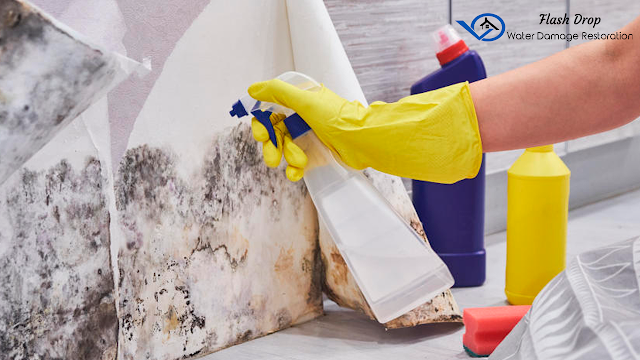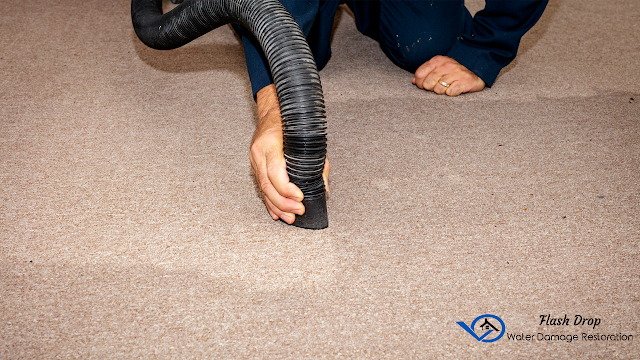How to Safely Clean Mold-Infested Materials

Dealing with mold growth in your home can be concerning, but it's essential to address it promptly and safely. Mold can thrive in damp and humid environments, and if left unchecked, it can lead to health issues and property damage. When faced with mold-infested materials, it's crucial to follow proper cleaning and safety protocols to minimize exposure and prevent further spread. In this article, we will guide you through the steps of safely cleaning mold-infested materials. 1. Safety Precautions: Before you start cleaning mold, take the following safety precautions: - Wear protective gear: Put on gloves, an N95 respirator mask, and eye protection to minimize exposure to mold spores. - Isolate the area: Seal off the affected area to prevent mold spores from spreading to other parts of your home. - Ensure proper ventilation: Open windows and use fans to maintain airflow and prevent the buildup of airborne mold spores. - Consider vulnerable individuals: If you have allergies, re...

